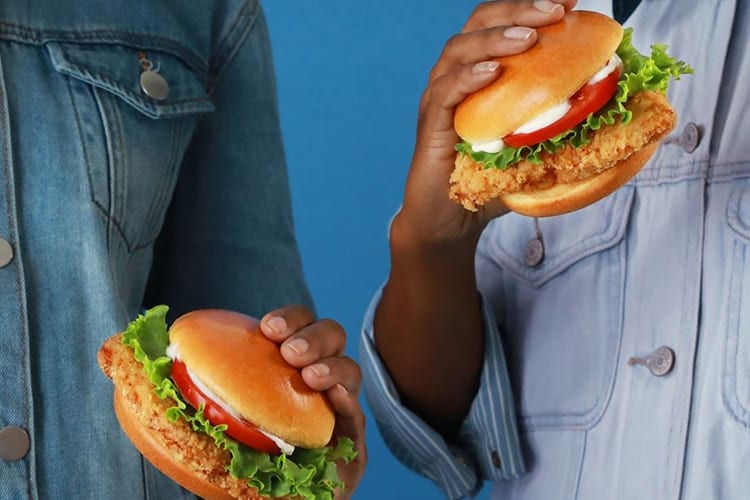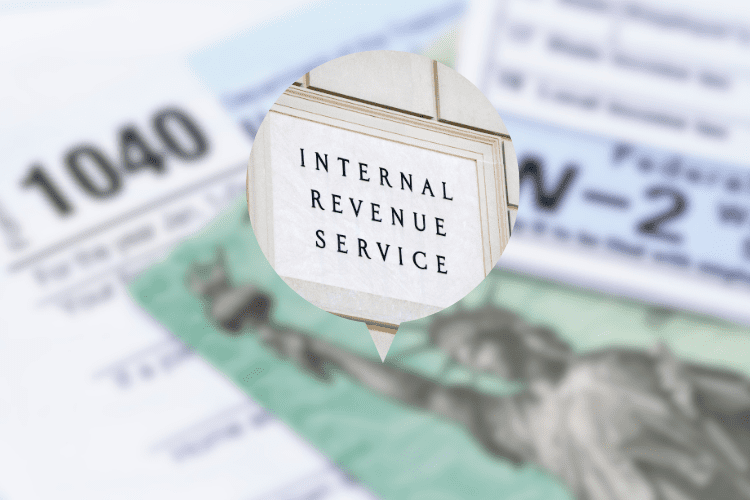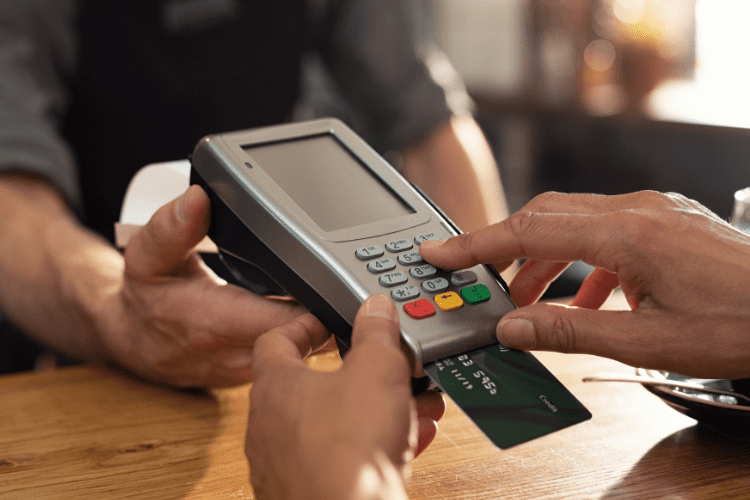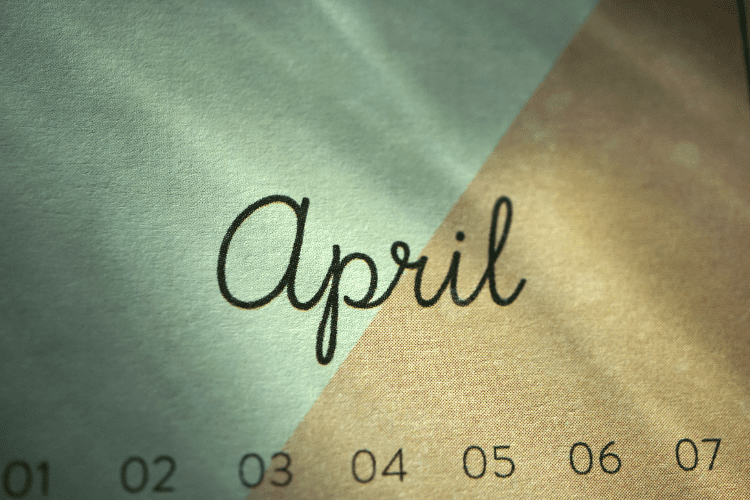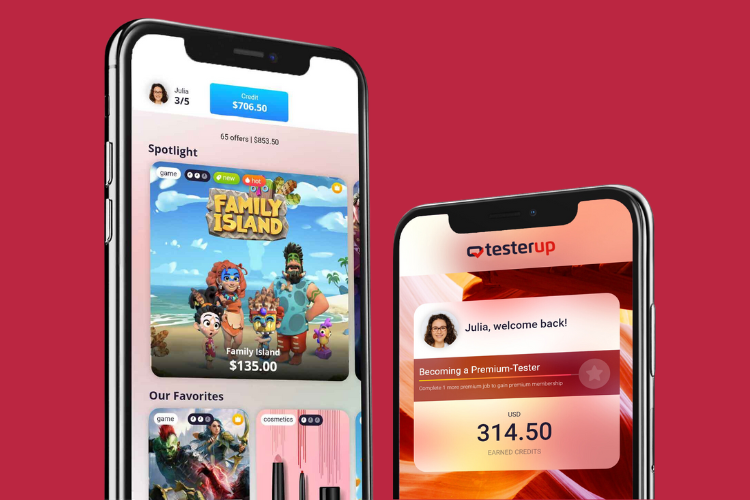How COVID-19 Affects Your Student Loan Debt

The coronavirus outbreak has shaken up just about everything in our day to day lives. Work, school, even seeing friends and family have all been turned upside down. Considering the deep impact of COVID-19, it’s no shock that federal and local governments have stepped up to help people with their finances.
The average American will see relief in the form of cash deposits and unemployment benefits, while businesses will get aid in other ways. And if you’re one of the 44 million Americans with outstanding student loan debt, there are specific rules in place to help you too. Here’s how student loan borrowers are impacted by the COVID-19 outbreak.
Student Loan Freeze
On March 13, 2020, President Trump announced that he was waiving interest on federal student loans for 60 days in response to the coronavirus outbreak, but did not provide many details into his plan. While there were some questions about exactly how much aid Trump planned to give student borrowers, the Department of Education cleared everything up a week later.
“All borrowers with federally held student loans will automatically have their interest rates set to 0% for a period of at least 60 days [beginning on March 13, 2020]. In addition, each of these borrowers will have the option to suspend their payments for at least two months to allow them greater flexibility during the national emergency,” the DOE announced in a press release on March 20.
That policy was updated again in early April, guaranteeing that it would extend until September 30. In August the president extended the freeze once again, pushing it through the end of the year.
So not only will no interest accrue on student loan debt, but borrowers can also get forbearance to avoid falling behind on payments. According to the office of Federal Student Aid, any borrowers who were more than 31 days delinquent on March 13, 2020, would automatically be placed on administrative forbearance, meaning they would be granted the same grace period.
Anyone who falls more than a month behind on their payments will also be placed on forbearance, and you can request forbearance through your loan servicer if you need the extra relief. So overall if you can afford to keep making your monthly payments your money will go further since you’re not paying interest, and if you can’t afford to pay, then you have a safety net.
Looking Ahead
Although the DOE announced that these relief measures will be in place through the year’s end, that doesn’t necessarily mean they’ll end on December 31, 2020. The FSA previously updated the terms of this loan forbearance policy, so the best thing to do is stay updated on the news.
Things have moved quickly over the past few weeks, so it’s important to stay updated as policies change. For now, student borrowers can feel a bit relieved as some of the pressure of student loan debts has been lifted. However you plan to proceed, you should contact your loan provider to get specific information on your loans.
Otherwise, keep checking for updates on how student loan payments will be impacted moving forward. And, most importantly, stay safe and healthy! Coronavirus can take a toll on anyone’s physical or mental health, so you shouldn’t need to worry about your student loans right now.
Read More: The Coronavirus Relief Bill: What Does it Mean for You?




